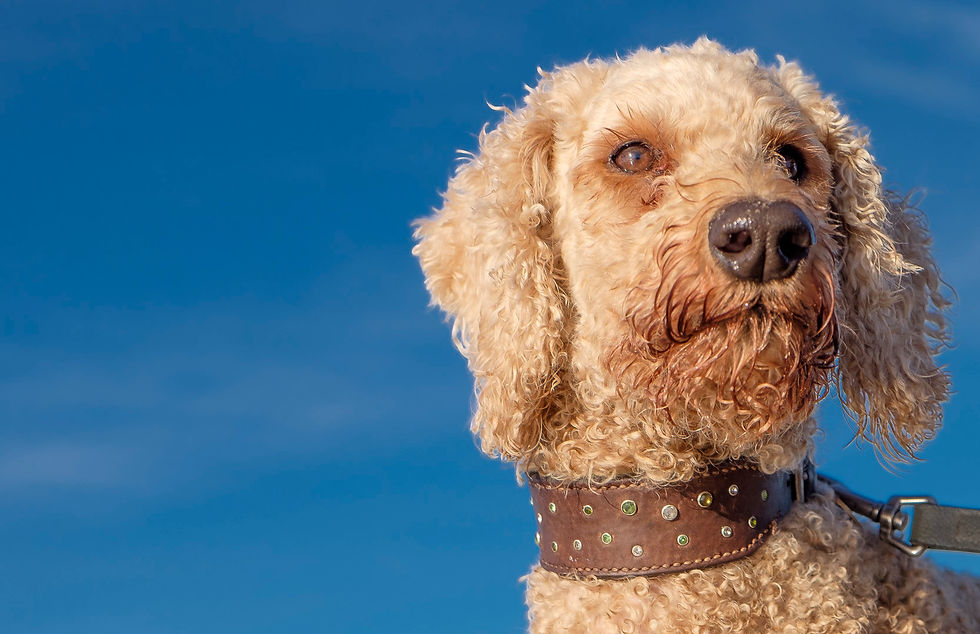
Paws
For
Thought
Promoting positive dog training in Edinburgh &
Midlothian
since 2004!

Understanding your dog
Motivation drives behaviour.
Understanding it changes everything!
Dogs behave in ways that are completely normal—for them.
But when those behaviours don’t suit us, we can be quick to label them as “naughty” or “disobedient.” In reality, most dogs aren’t being deliberately difficult—they’re simply doing what feels right or rewarding in the moment.
Many behaviour issues come from unmet needs, confusion, or misunderstood communication. Traditional training methods often punish the behaviour without ever asking why it’s happening.
When we pause to understand what’s truly motivating our dogs, training becomes not only more effective—but also more compassionate.
Our approach
Setting dogs - and their humans - up for success
We teach you how to understand your dog's world, communicate clearly, and work together. Our training is creative, kind and designed to help both ends of the lead succeed.
Dogs are brilliant at spotting patterns and remembering what works for them. We'll help you discover the most rewarding motivators for your dog. Then you will have plenty of ways to influence their behaviour.
We also believe it’s important to understand how dogs learn. Knowing how behaviours are created, strengthened, or phased out gives you the tools to build new habits, maintain good behaviour, and resolve challenges before they escalate.


Why reward based training
Punishment doesn't teach.
Punishment might stop a behaviour in the moment, but it doesn't show your dog what to do instead. Worse, it can damage trust, increase fear and make problems harder to solve over time.
We focus on guiding dogs toward the behaviour we do want - using positive reinforcement to build confidence, connection and long-term results.
I’ve shared more about why I use positive reinforcement—and the problems with punishment—in this blog post.



